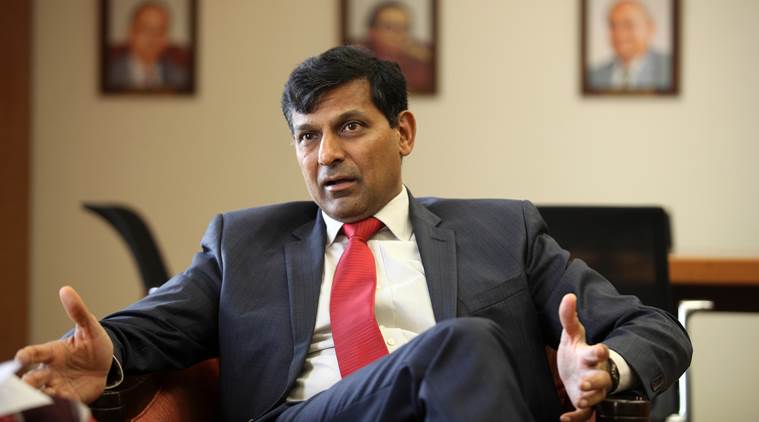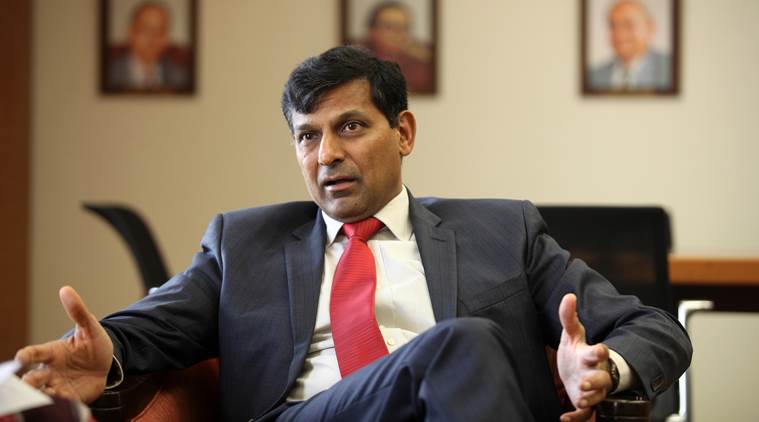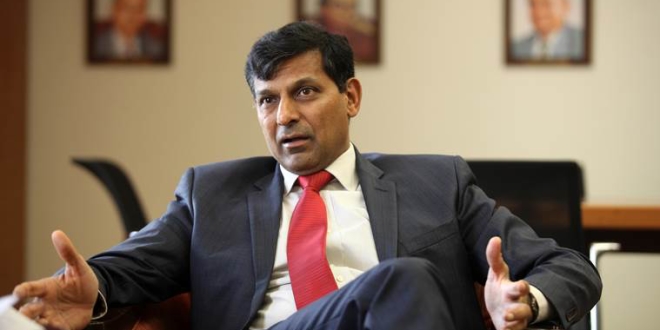
 RBI governor Raghuram Rajan. (Express Photo by Prashant Nadkar)
RBI governor Raghuram Rajan. (Express Photo by Prashant Nadkar)
RBI Governor Raghuram Rajan has flagged, once again, the danger of heavy borrowing or over-leveraging by corporates, voicing the worry of not just the central bank but also the government. Rajan told a gathering of students in Kolkata last week that debt is like dynamite, “useful in [the] right places and explosive in others”, while calling for moderation in debt-taking. Official data released recently confirms the risks of a debt pile-up. Of the bad loans of banks, aggregating Rs 3.47 lakh crore, those of wilful defaulters alone account for Rs 64,335 crore. According to RBI estimates, bad loans account for 11 per cent of all outstanding loans of Indian banks, but Credit Suisse reckons the figure could be as high as 17 per cent. Credit Suisse also estimates that the gross debt of 10 of India’s most indebted industrial groups has risen by 12 per cent since 2013.
Much of the debt can be traced to the huge bet on infrastructure investments that a group of large corporates took during the UPA government’s tenure, only for some of the projects to unravel owing to a host of reasons, including problems with approvals and a slowdown in the economy. Those borrowings are not only hurting these groups but also, and more importantly, many lenders, especially state-owned banks. The government and the RBI have sought to address the issue by pushing banks to act against defaulters and through initiatives such as strategic debt restructuring to take control of the companies. But results are bound to take time to show, given the slack in domestic capacity and the weak near-term prospects of a global recovery.
This cautionary tale of explosive corporate debt, however, offers an opportunity to policymakers to push for much-needed changes in India’s financial sector. To start with, regulators should make it mandatory for top corporates and business groups to access funds from bond markets or other intermediaries after fixing a cut-off for borrowings from the banking system. Some of that is already happening. Alongside, the RBI should move faster on broadening and deepening India’s financial markets to ensure financing for India’s growth. It is also time to focus more on the governance of institutions and firms. Neither the government nor the RBI can afford to kick the can down the road.
![]()
Source: New feed






